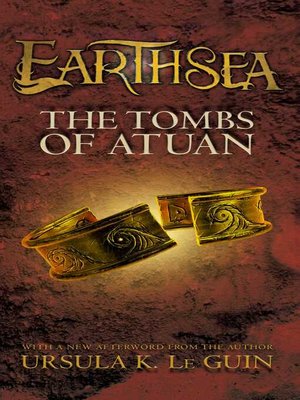
This time, I noticed how powerfully it pictures the experience of depression, through the character of Arha, a young priestess taken from her family and given in early childhood to a desert temple serving the dark powers of the earth. I’ve read Tombs many times since my first reading at around age nine, but each time it reveals new facets and layers to me, as all the greatest works of literature do. Sometimes our world does manage to get its values right, after all. Now, after an agonizingly long period of uncertainty, we can be glad that the series will continue in a beautiful and durable edition, most suitable to the lasting quality of its contents, and sized and typeset for comfortable, aesthetically pleasurable reading. The Folio series began before she died in 2018, and so she was able to see and give her approval to David Lupton’s illustrations for the first book. But she couldn’t help putting in seeds of further stories that would eventually lead her back to the world of many islands in a wide sea, full of magic and wizards and dragons, along with goatherds and fishermen and women tending children, that continued to occupy her nearly till the end of her long and productive writing life. She really didn’t mean to write more Earthsea books at the time, she insists.

The series began with A Wizard of Earthsea, which LeGuin wrote as a one-off when she was asked for a book for teenagers, and which was subsequently published by a children’s imprint. LeGuin, the second in her Earthsea series, now published in a new illustrated edition by the Folio Society. Such a book, for me, is The Tombs of Atuan by Ursula K. The books of our childhood reappear as guides to the land we are now looking toward, the land beyond mortal existence, as we once looked to them to remind us of the mystery out of which we were born. In recovering what this child knew without being taught may lie our true education.


We may realize that it is the child in us who remains truly alive, the green “wick” hidden within the withered, brown branch. This is as if to say that such wisdom is something we will outgrow, that once we have advanced to a state of maturity we can forget the props of our younger, weaker selves.īut if we make it through the desert of midlife and begin to question what is actually true and fundamentally real, we might come back to these stories. In our upside-down world of reversed values, where what is most lasting and important is given the least amount of attention, while superficial, transitory things are praised and showered with material success, books containing deep spiritual wisdom are often published for children.


 0 kommentar(er)
0 kommentar(er)
